What is Retro Style?
Originating from the Latin “retro,” which means “backward” or “in the past,” a retro style refers to a look comprised of contemporary clothing, footwear, and accessories in the styles of the 20th Century.
According to fashion researcher Fred Davis, retro styles capture the essence of past fashion styles by borrowing iconic patterns, fabrics, and aesthetic elements from previous decades. [1]
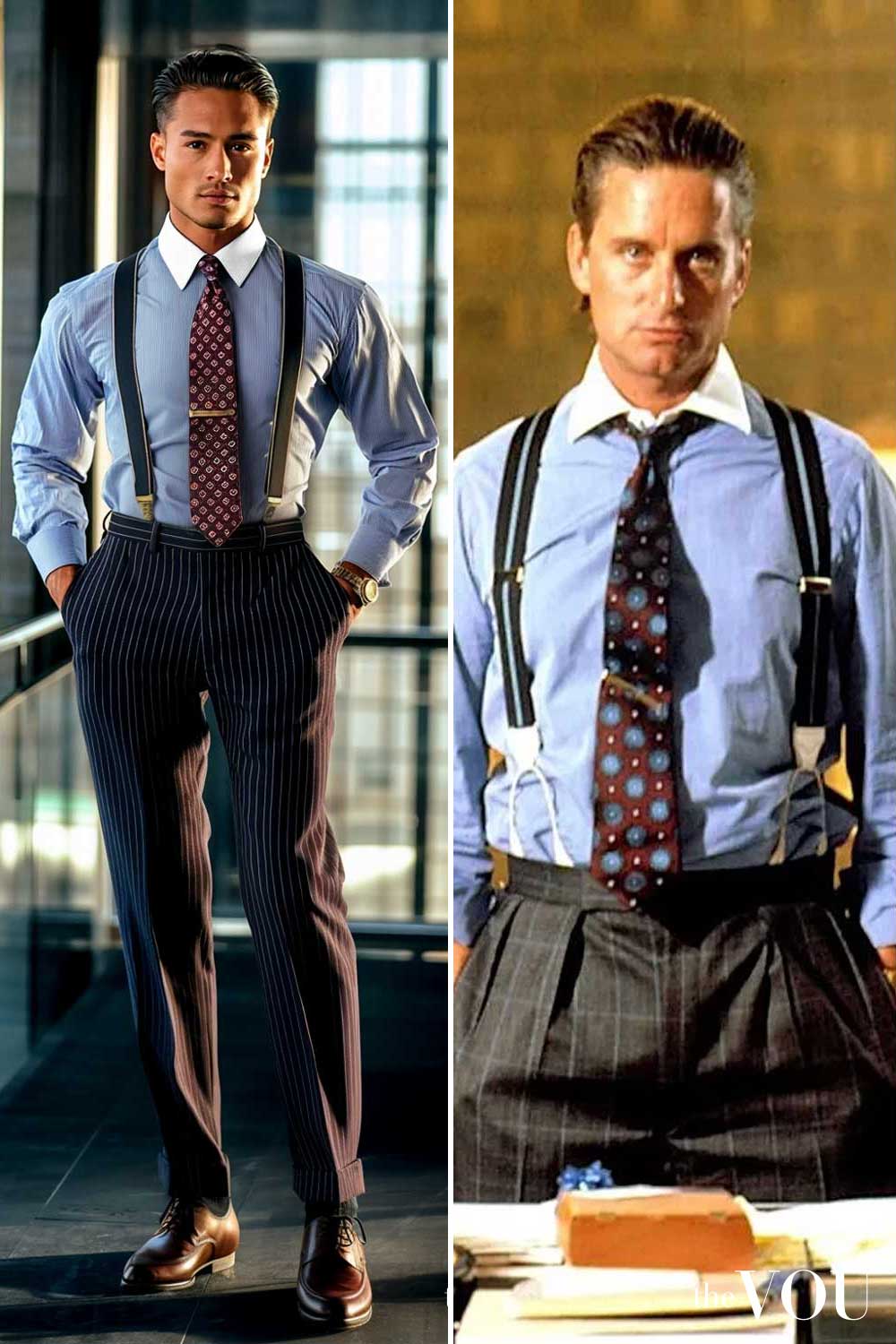
As such, a Retro style is not comprised of genuine creations from past eras but of modern copies that harken back to bygone fashion styles. [2]
In the next section, we’ll delve into the origin of retro styles in fashion, and how they differ from Vintage and Antique Fashion.
The Origin of Retro Styles
The emergence of retro styles can be traced back to the 1970s when the fashion industry experienced growing demand for past fashion styles, particularly from the 1950s and 1960s.
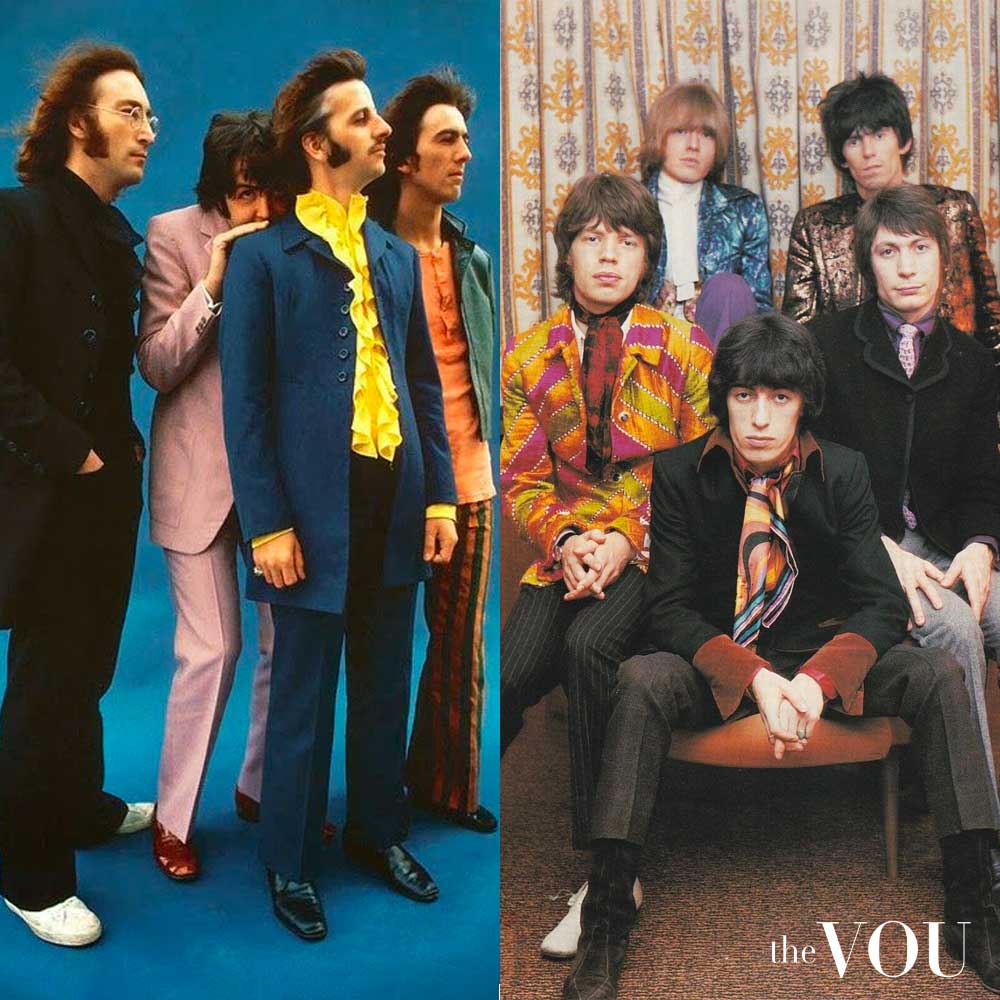
Retro style’s primary goal is to encapsulate the ethos and spirit of past fashion decades, such as the 1960s flower-power motifs that depict social movements of peace or the 80s punk movement against social injustice.
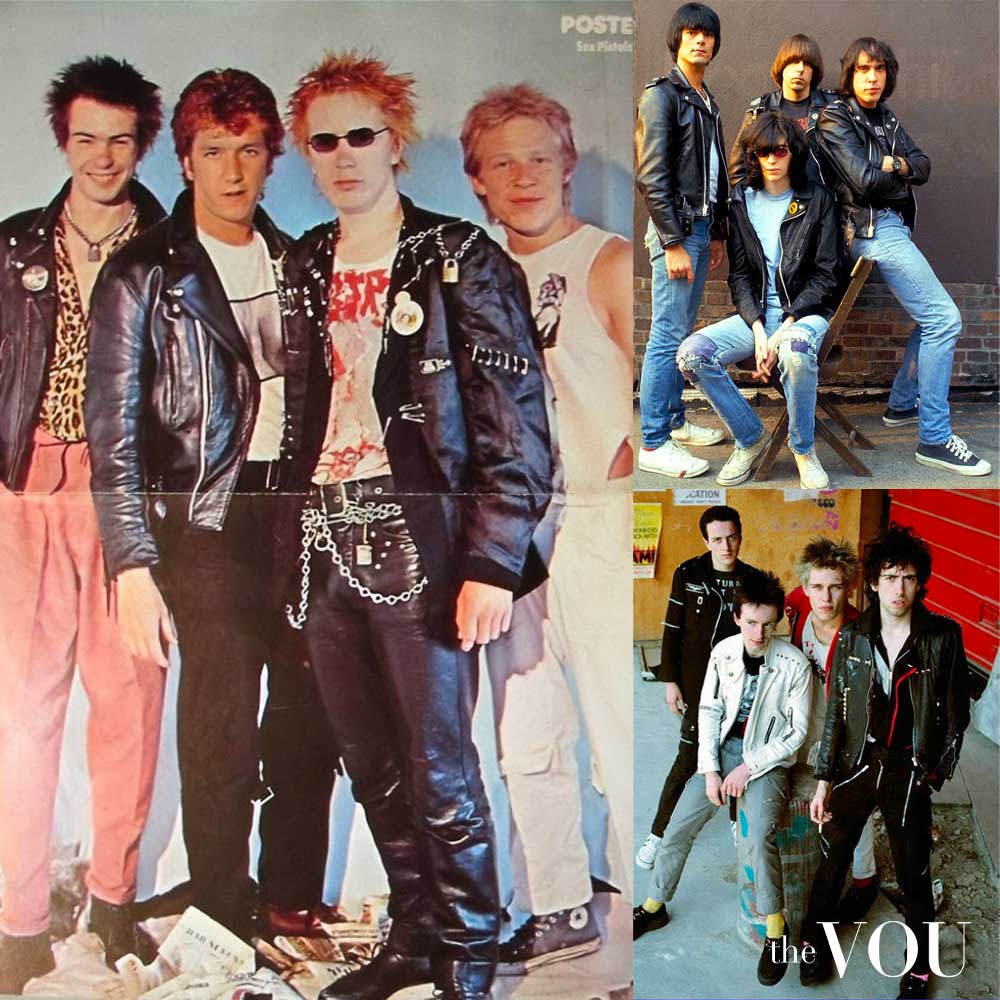
The Retro-revivalism approach is persistent in fashion design and manufacturing, often seen in the creations of notable designers such as Anna Sui, who drew inspiration from the Victorian era for her 2011 Fall collection.
Retro styles have created a lucrative market, and companies like ModCloth have built an entire business model around supplying Retro-inspired clothing to a dedicated consumer base.
Retro Styles in the 21st Century
It’s essential to notice that retro styles are not monolithic but span multiple decades and encompass a myriad of styles, each with its unique significance and impact.
From the flapper dresses of the 1920s to the grunge looks of the 1990s, the proliferation of digital media sees retro fashion styles gaining unprecedented popularity.
Platforms like Instagram and Pinterest serve as a catalogue of retro inspiration, making it easier for consumers to access and integrate these styles into their wardrobes.
What is the Difference Between Retro, Vintage, and Antique?
While retro, vintage, and antique are used interchangeably in fashion parlance, the terms describe very different concepts.
Vintage and antique are genuine garments and accessories from past fashion decades, while retro is the sartorial bridge between the past and the present.
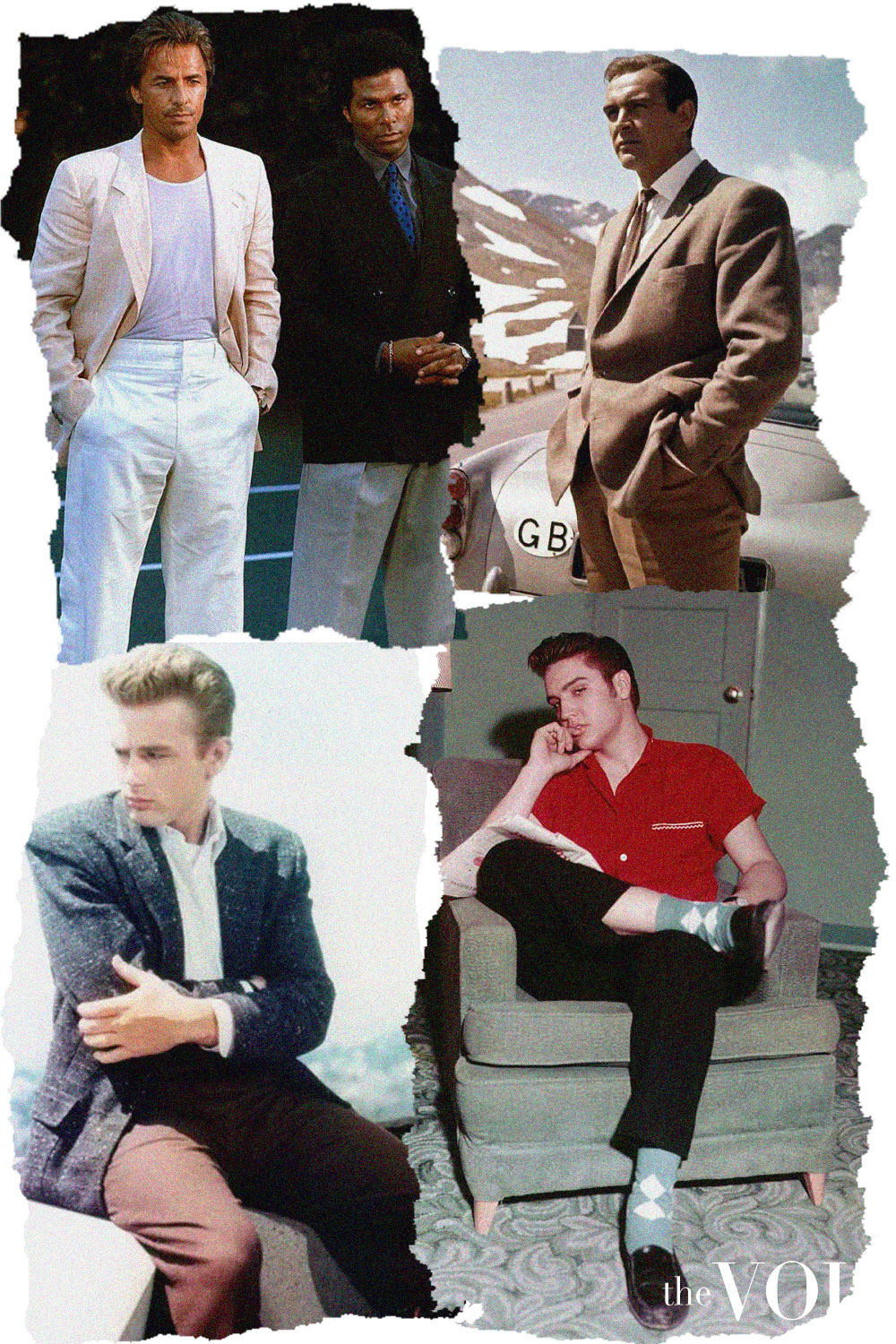
Retro vs. Vintage
While retro styles comprise modern creations that evoke past stylistic eras, vintage fashion pertains to genuine fashion articles emphasising characteristics of past fashion decades between 1920 and 2000.
Vintage articles imply authenticity and collectability, while retro is only modern and functional reinterpretations at affordable costs.
Retro vs. Antique
Retro styles encompass garments, clothes, attire, apparel, footwear, and accessories created to depict aesthetics and fashion styles from previous decades, typically from the early 20th Century to the 1990s.
On the other hand, antique Fashion represents genuine garments, footwear, and accessories at least 100 years old.
The VOU Men's Styling Newsletter
Gain access to weekly insights on expert men's styling, professional advice on how to improve your status and social image with clever styling tips, and excellent discounts from our designer partner brands.
Bibliography
[1] Davis, F., (1994). Fashion, culture, and identity. University of Chicago Press.
[2] Keiser, S., and Tortora, P. G., (2023). The Fairchild books dictionary of fashion. Bloomsbury Publishing USA.
With over twenty years of front-row fashion and styling events, collabs with haute-couture houses, and a PhD in Luxury Fashion, Laurenti is an expert in crafting personalised looks that depict old-money sophistication.
With years of expertise in high-end fashion collabs and a PhD in Sustainable Fashion, Ru specialises in eco-luxe wardrobes for the modern gentleman seeking understated refinement.


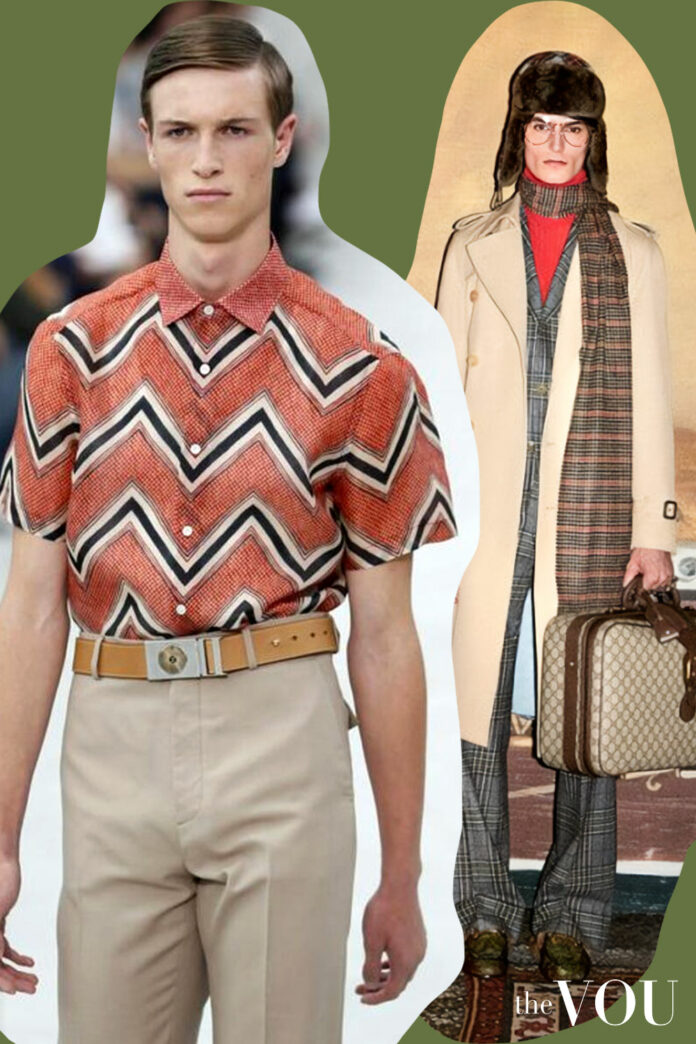
Great insights! I love how you broke down the differences between retro, vintage, and antique. It’s fascinating to see how these styles influence contemporary fashion. I’m definitely inspired to explore my wardrobe and incorporate more retro pieces!
This post does a great job of clarifying the differences between retro, vintage, and antique! I always thought they were interchangeable, but now I see how distinct each category is in fashion. The examples really helped me understand the styles better. Thanks for sharing!